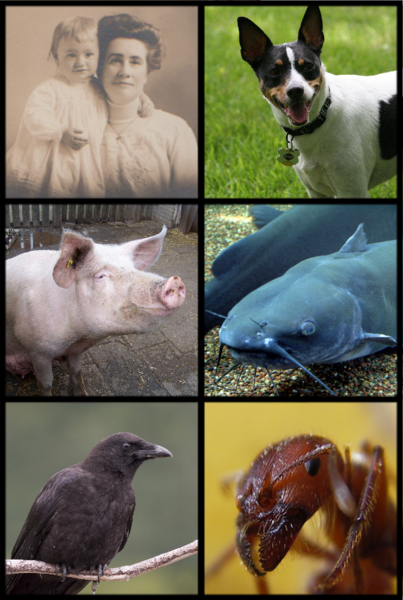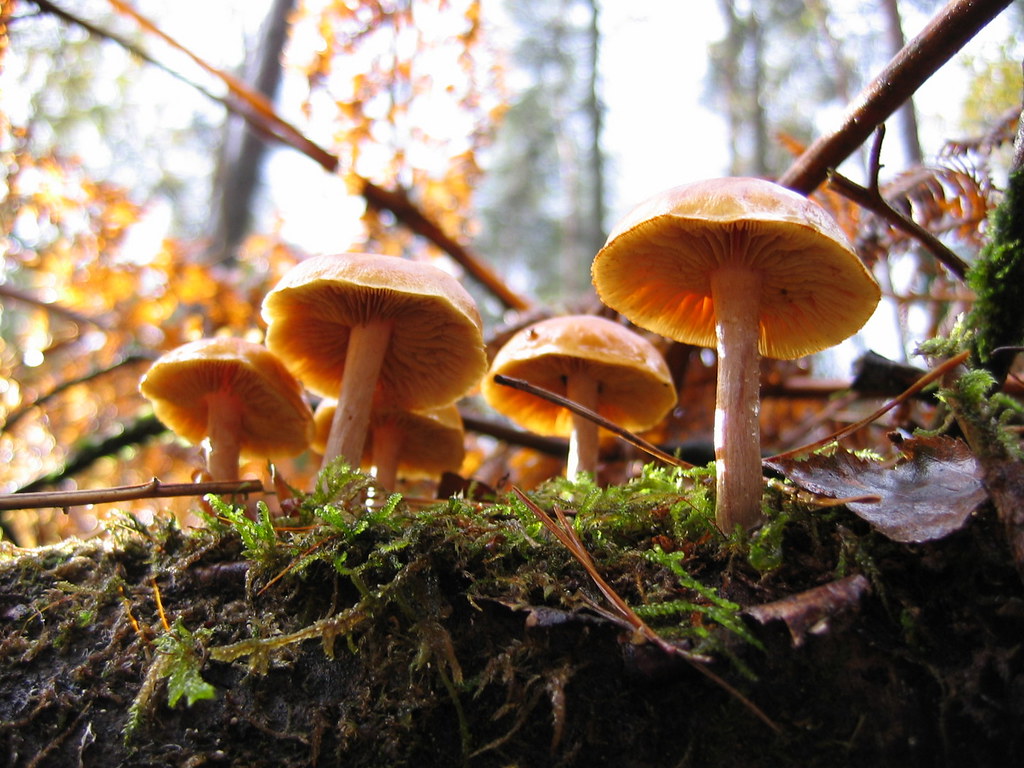Autotrophs are primary, and heterotrophs are always secondary or tertiary consumers in a food chain. Heterotrophic organisms are unable to synthesize their food, these organisms rely on other sources, specifically plant and animal matter for their nutrition.
Heterotrophs include all animals and non-photosynthetic plants since they are unable to prepare food.
Index
Types of Heterotrophic Nutrition
Organisms exhibit various types of heterotrophic nutrition; these can be explained as follows:
Holozoic Nutrition
Organisms with holozoic nutrition involve the ingestion and internal processing of liquid and solid food. The steps involve ingestion, digestion, absorption, assimilation, and excretion.
Intake of food(ingestion), which is broken down into simpler organic matters(digestion). After extracting useful components(absorption), the unwanted and undigested particles are excreted(excretion).
Types of Holozoic Organisms

Holozoic organisms are divided into three types:
- Herbivores- Organisms are those who depend upon plants for their food.
Example: Cows, buffaloes, deer, elephants, etc. - Carnivores- These animals feed on other animals as their food.
Example: Lions, tigers, leopards, etc. - Omnivores- These are the animals that survive on plants and animals for their food.
Example: Cockroach, pig, chimpanzees, raccoons, ants are some of the examples.
Saprophytic Nutrition

Saprophytes are the heterotrophic organisms that feed upon dead and decayed organisms as a source for their energy and nutrition. These play an essential part in the ecosystem, as they help o keep our environment clean by recycling nutrients back into the ecosystem.
Saprophytes release certain enzymes that break down complex organic matter down into their constituents, easily consumed by them. Fungi and certain types of bacteria fall into the category saprophytes.
Parasitic Nutrition
These heterotrophic organisms live in/on other organisms in order to acquire food and nutrition at the expense of their host are called parasites. Most parasites are harmful to the hosts’ health.
Both plants and animals may serve as a host.
Louse on a human head, Cuscuta plant, and tapeworms are some examples of Parasites.
- EctoParasites
- These parasites remain outside the host’s body and obtain their food from the organism.
- Examples: Bed bugs, lice, ticks, and mosquitoes.
- Endoparasites
- These parasites remain inside the body of the host/organism and obtain their food and energy from the host.
- Examples: Tapeworm, Ascaris, plasmodium vivax, and others.
Questions on Heterotrophic Nutrition
Question 1. Give a few examples of heterotrophs.
Solution. Bacteria, fungi, yeast, cows, dogs, humans are all heterotrophs. These all depend on plants and other animals for their food.
Question 2. What is nutrition?
Solution. Nutrition is the biochemical and physiological process by which an organism uses food to support its life.
FAQs
Organisms exhibit various types of heterotrophic nutrition; these are:
1. Holozoic Nutrition
2. Saprophytic Nutrition
3. Parasitic Nutrition
Autotrophs are organisms that make energy from the sun, but heterotrophic organisms must rely on other organisms as a source of energy and nutrition.
Heterotrophs are organisms that cannot make their food and rely on other organisms as a source of nutrition and energy.
Saprophytic plants belong to the heterotrophic group.
